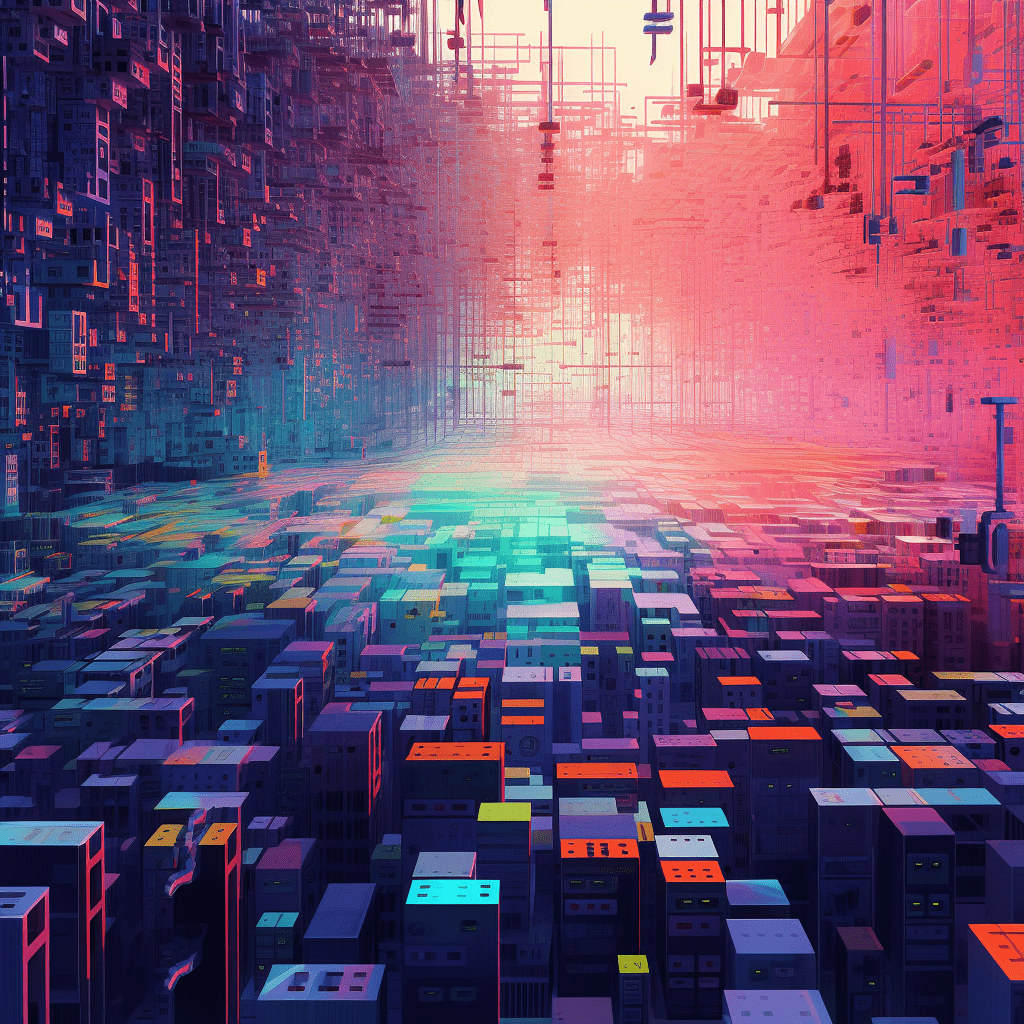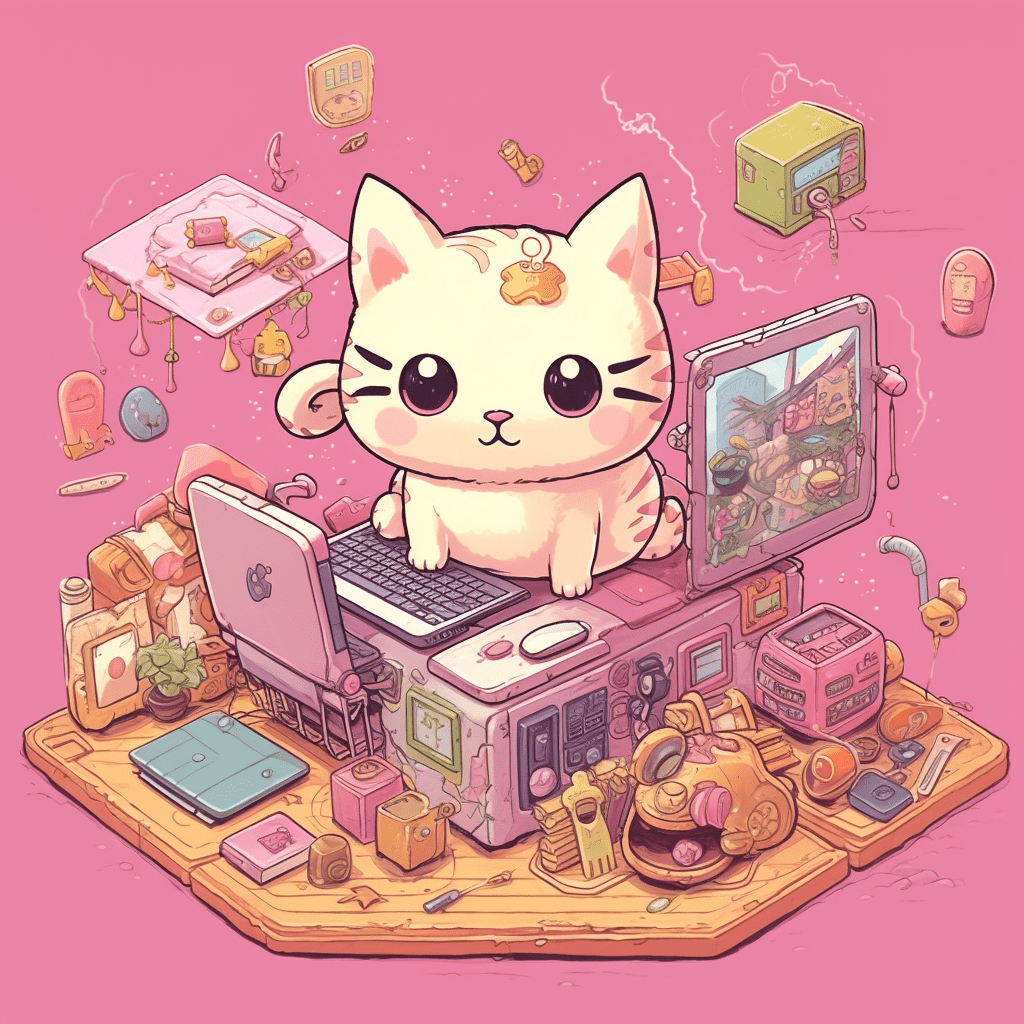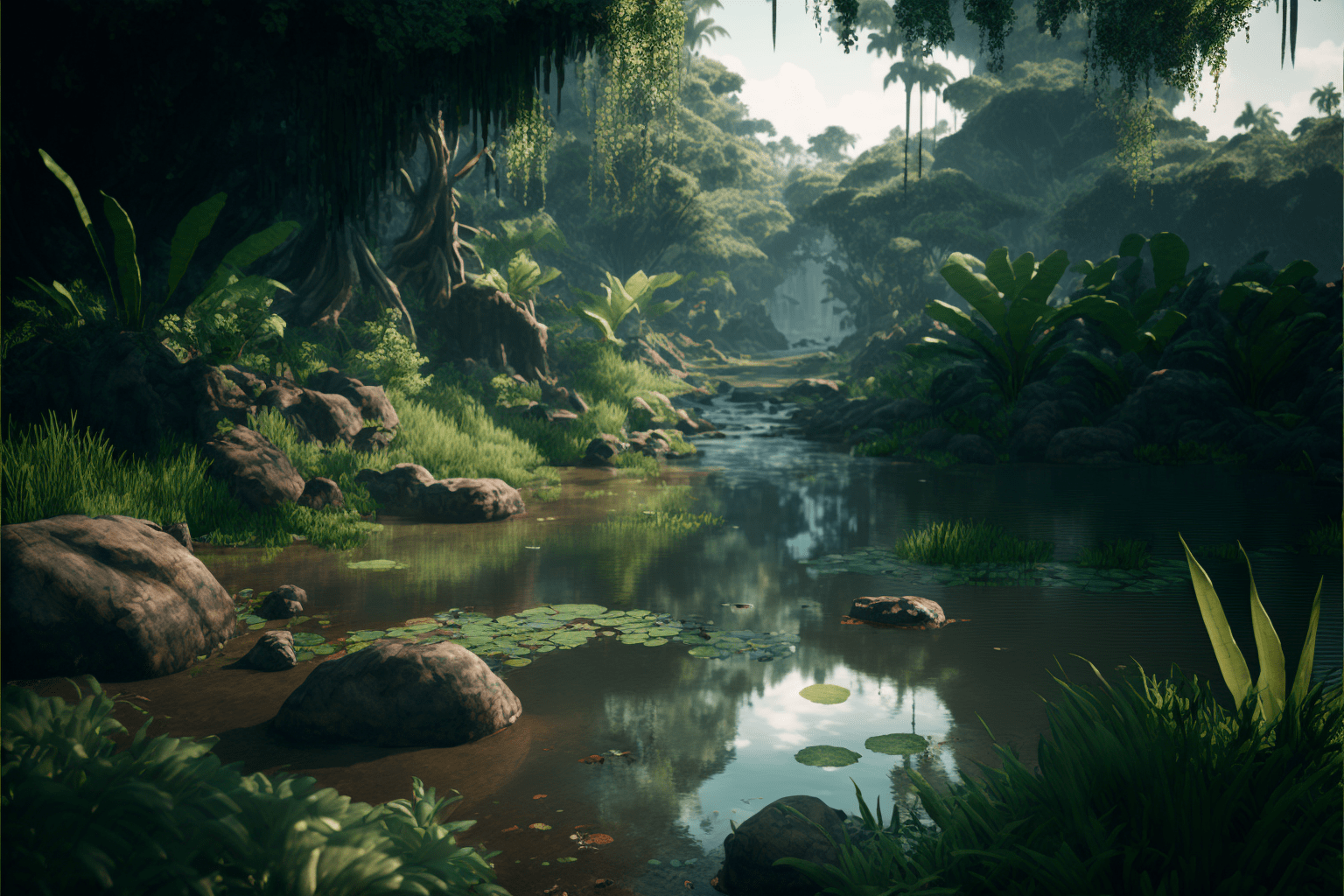The NFT market has exploded in popularity, and with it, the demand for tools that simplify the process of creating and selling digital art. One such tool is the NFT generator pad, which streamlines the creation, minting, and selling of non-fungible tokens (NFTs). With a plethora of NFT generator pad platforms available, it can be challenging to determine which one is best suited for your project. In this article, we’ll explore some factors to consider when choosing the best NFT generator pad for your needs.

Ease of use
An essential factor to consider when selecting an NFT generator pad is its ease of use. If you’re new to the world of digital art and NFTs, you’ll likely want a platform that’s beginner-friendly, with an intuitive interface and step-by-step guidance. On the other hand, if you’re more experienced, you may prefer a platform that offers advanced features and customization options.
Supported file formats
Different NFT generator pads support different file formats, so it’s crucial to choose one that accommodates the types of digital art you create. Common formats include JPG, PNG, GIF, and MP4, but some platforms may also support more specialized formats like SVG, OBJ, or GLB. Make sure to verify that the platform you select can handle your preferred file formats.
Integration with wallets and marketplaces
Seamless integration with popular crypto wallets and NFT marketplaces is another factor to consider when choosing an NFT generator pad. This integration will allow you to mint and sell your NFTs directly on the platform, streamlining the entire process. Look for a platform that supports popular wallets like MetaMask or Trust Wallet and has partnerships with well-known marketplaces like OpenSea, Rarible, or Foundation.
Fees and royalties
Costs are always an essential consideration, especially when it comes to NFTs. Many NFT generator pads charge fees for their services, which can include minting, listing, or selling your NFTs. Additionally, platforms may allow you to set royalty percentages on your NFTs, which ensures you receive a cut of future sales. Be sure to compare the fees and royalty options across different platforms to find one that best aligns with your financial goals.

Customization options
The level of customization you require will depend on your project’s specific needs. Some NFT generator pads offer basic templates and design elements, while others provide more advanced customization options, including unique token standards, smart contract functionality, and programmable NFT features. Determine your customization requirements and select a platform that meets those needs.
Scalability and flexibility
Your NFT project may grow and evolve over time, so it’s crucial to choose an NFT generator pad that can scale and adapt to your changing needs. Look for platforms that offer flexibility in terms of token standards, smart contract capabilities, and integrations with various marketplaces and wallets.
Community and support
As you embark on your NFT journey, having access to a supportive community and robust customer support can make all the difference. Choose an NFT generator pad that has a thriving community of artists and collectors, as well as responsive customer support, to help you navigate any challenges that may arise along the way.
Reputation and track record
Lastly, consider the reputation and track record of the NFT generator pad platforms you’re evaluating. Look for platforms with a history of successful projects and satisfied users. Check out reviews, testimonials, and case studies to gauge the platform’s reliability and overall user experience.
Now that you have a better understanding of the factors to consider when choosing an NFT generator pad, you can make a more informed decision and select the platform that best
fits your project’s unique requirements. Remember that the perfect platform for one artist may not be the best fit for another, so take the time to thoroughly research and evaluate your options.
In summary

Selecting the right NFT generator pad for your project is a critical step in ensuring your digital art’s success. By considering factors such as ease of use, supported file formats, integration with wallets and marketplaces, fees and royalties, customization options, scalability, community support, and platform reputation, you can make an informed decision that will set your project up for success. Take the time to explore various platforms and choose one that aligns with your artistic vision and goals.
